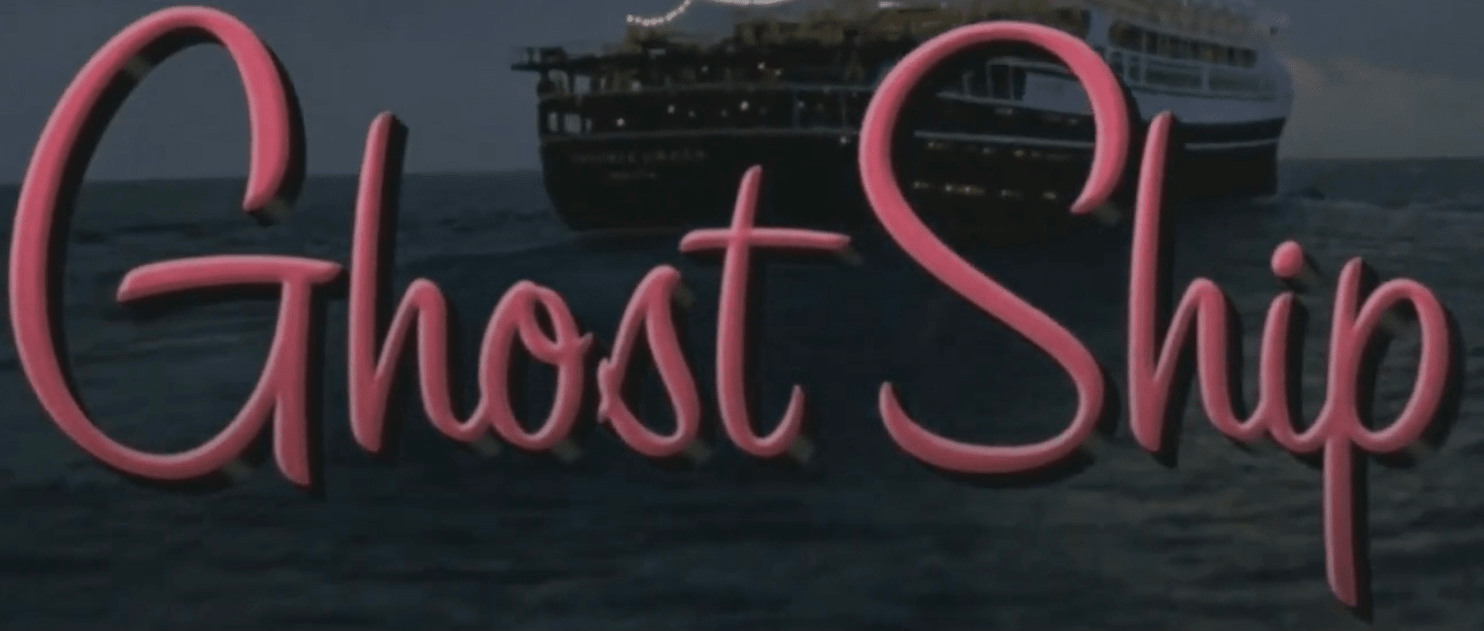Pathfinder (2007), directed by Marcus Nispel, is a visually intense, blood-soaked historical action film that explores the violent collision between two civilizations: Viking invaders and Native American tribes. While it delivers on brutal battle scenes and a gritty survival narrative, the film struggles to rise above its thin character development and simplistic plot. Still, for fans of raw, stylized action, Pathfinder offers a grim and visceral experience.

Set several centuries before Columbus's arrival in the Americas, the story follows a young Norse boy who is left behind during a Viking raid on North America. Adopted and raised by a Native American tribe, the boy—named Ghost (played by Karl Urban)—grows into a fierce warrior caught between two worlds.
Years later, when a new wave of Viking raiders returns, more violent and merciless than before, Ghost becomes his people’s only hope for survival. With deep personal stakes and a thirst for vengeance, he sets out to defend his adoptive home against the brutal conquerors from across the sea.
Karl Urban gives a physically committed performance as Ghost, bringing intensity and stoic charisma to a largely silent role. While the character lacks depth and dialogue, Urban’s screen presence and emotional restraint are effective, especially in action-driven sequences.
Moon Bloodgood adds a small emotional anchor as Starfire, a healer and love interest, but most of the supporting cast is underwritten. The villains, though visually fearsome, fall into the trope of faceless brutality with little nuance or motive.
Visually, Pathfinder is striking. The film embraces a dark, saturated palette that leans heavily into shadows, fog, and fire-lit landscapes. Nispel’s background in music videos is evident in the hyper-stylized cinematography—slow-motion action, sweeping camera moves, and grimy, violent realism dominate the screen.
The costume and production design help immerse viewers in a savage, primal world, even if historical accuracy is loosely handled.
The film’s strongest aspect is its action. Battle scenes are ferocious, brutal, and raw. Swords clash, blood splatters, and forests become battlegrounds. The choreography favors chaos over elegance, making the violence feel unrelenting and grounded in survival.
However, the pacing falters in quieter moments. The film often feels like it’s rushing to get to the next skirmish, leaving little time for character development or narrative complexity.
Pathfinder touches on themes of identity, belonging, and cultural collision, but doesn’t explore them deeply. The emotional core—Ghost torn between his Viking roots and Native upbringing—could have offered rich material, but remains largely undeveloped. The tone is grim, brutal, and fatalistic, leaning more toward vengeance and carnage than introspection.
Pathfinder is a savage, stylized warrior epic that prioritizes blood and blade over substance. While it stumbles in character development and narrative depth, it excels in visceral visuals and primal action. For viewers craving a dark and violent historical revenge tale, it delivers. But for those seeking nuance or historical realism, the path may feel a bit hollow.



